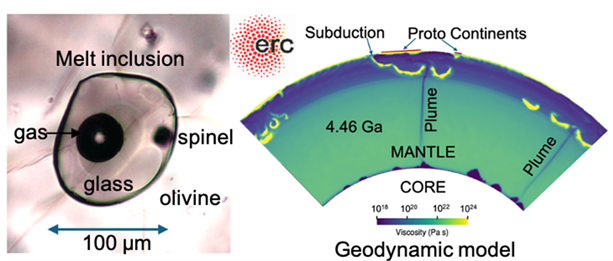Unlocking Earth’s Deep Past: New Study Reveals Surprising Clues About the Hadean Eon
The Hadean Eon, spanning from 4.6 to 4.0 billion years ago, remains the most enigmatic chapter in Earth’s history. It began with the planet’s formation, followed by a massive collision with a Mars-sized body that led to the creation of the Moon and the complete melting of Earth’s interior. Solidification occurred around 4.5 billion years ago, but what happened next has long been debated.
The prevailing theory suggests that, until at least the end of the Hadean, Earth was locked in a "stagnant lid" tectonic regime. In this model, the planet was covered by a rigid, immobile outer shell with mantle convection occurring beneath it—lacking the subduction and continental crust formation seen in modern plate tectonics.
Now, researchers from the ERC Synergy Grant Project Monitoring Earth Evolution through Time (MEET)—a collaboration between geochemists from Grenoble (France) and Madison (USA), and geodynamic modelers from GFZ Potsdam (Germany)—are challenging that view.
In a new study published in Nature Communications, the MEET team presents groundbreaking evidence that subduction and crust formation were already active and more vigorous in the Hadean than previously thought. Using an innovative analytical technique, the Grenoble team measured strontium isotopes and trace elements in melt inclusions preserved within 3.3-billion-year-old olivine crystals. Meanwhile, the GFZ team used cutting-edge geodynamic simulations to interpret these geochemical signals in terms of early Earth processes.
Their combined findings point to a far more dynamic early Earth, suggesting that intensive subduction and the formation of continents may have begun hundreds of millions of years earlier than traditionally believed.
Scientific contact: Prof Dr. Stephan Sobolev
